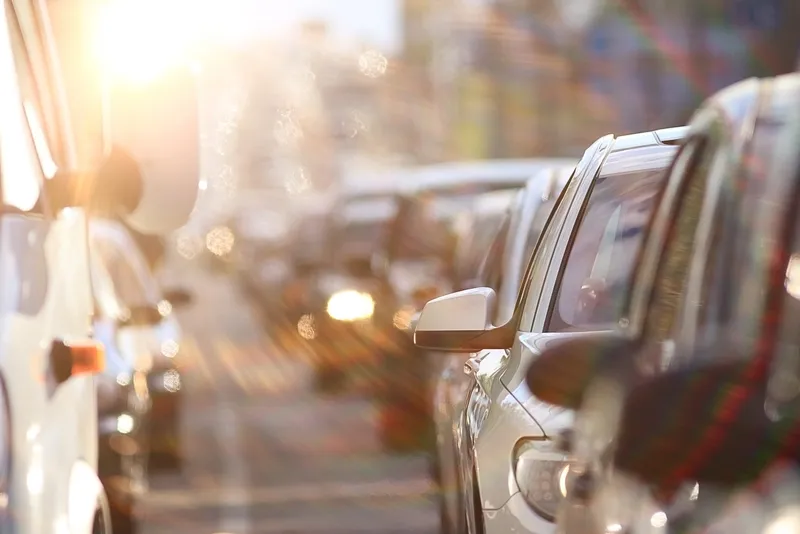Traffic hotspots in 25 of the most congested cities in the US will cost drivers billions of dollars over the next ten years, according to a new report by Inrix’s cloud-based analysis tool.
Inrix’s Roadway analytics (IRA) tool ranked over 100, 000 traffic hotspots with economic cost calculated on wasted time, lost fuel and carbon emissions over the next ten years.
New York had the most traffic hotspots, costing drivers $64 billion by 2026, Los Angeles has 10 to 25 of the worst traffic hotspots in America costing drivers $91 billion. Meanwhile, the I-95 in Washington DC was the worst overall traffic hotspot, causing 1,384 traffic jams over the study period, stretching 6.47 miles and lasting an average of 33 minutes.
IRA ranked the cities depending on an impact factor, based on duration, length and frequency of traffic jams which allowed Inrix to calculate economic costs at road level and provided metric to analyse the health of transportation network within the cities and metro area.
A full breakdown of the cities by region can be found on the %$Linker:
Congestion to cost US drivers billions of dollars over the next decade
Traffic hotspots in 25 of the most congested cities in the US cost drivers billions of dollars over the next ten years, according to a new report by Inrix’s cloud-based analysis tool. Inrix’s Roadway analytics (IRA) tool ranked over 100, 000 traffic hotspots with economic cost calculated on wasted time, lost fuel and carbon emissions over the next ten years.
October 2, 2017
Read time: 2 mins
Related Content









